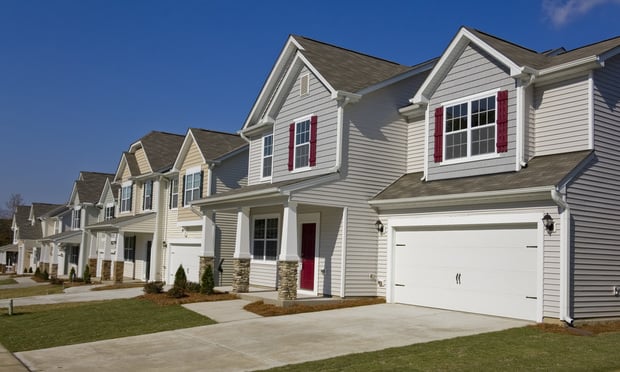BETHESDA, MD—Marriott International, now the world's biggest lodging company following its merger with Starwood Hotels & Resorts, intends to add between 285,000 and 300,000 new rooms worldwide over the next three years. That equates to opening one hotel every 14 hours between now and the end of 2019, the Bethesda, MD-based company said Tuesday in outlining its three-year growth plan.
“We are more optimistic than ever about our future,” says president and CEO Arne Sorenson. “Marriott has made a significant leap forward in distribution and scale with its once-in-a-generation acquisition of Starwood. With global travel estimated to increase at a 7% compounded rate over the next 10 years and international trips expected to top 1.8 billion by 2030, Marriott is well positioned to benefit given its strong global footprint now in 122 countries and territories and an unmatched portfolio of 30 lodging brands.”
The merger with Starwood increased Marriott's global footprint from 87 countries and territories at the end of 2015. Marriott now controls 8% of worldwide hotel rooms, including both existing hotels and its new construction pipeline. Over the next three years, the company expects net room growth to accelerate to an annual compound rate of 6.5%, compared to a 5% annual compound rate over the past three years, including the legacy Starwood brands.
Recommended For You
Want to continue reading?
Become a Free ALM Digital Reader.
Once you are an ALM Digital Member, you’ll receive:
- Breaking commercial real estate news and analysis, on-site and via our newsletters and custom alerts
- Educational webcasts, white papers, and ebooks from industry thought leaders
- Critical coverage of the property casualty insurance and financial advisory markets on our other ALM sites, PropertyCasualty360 and ThinkAdvisor
Already have an account? Sign In Now
*May exclude premium content© 2025 ALM Global, LLC, All Rights Reserved. Request academic re-use from www.copyright.com. All other uses, submit a request to [email protected]. For more information visit Asset & Logo Licensing.









